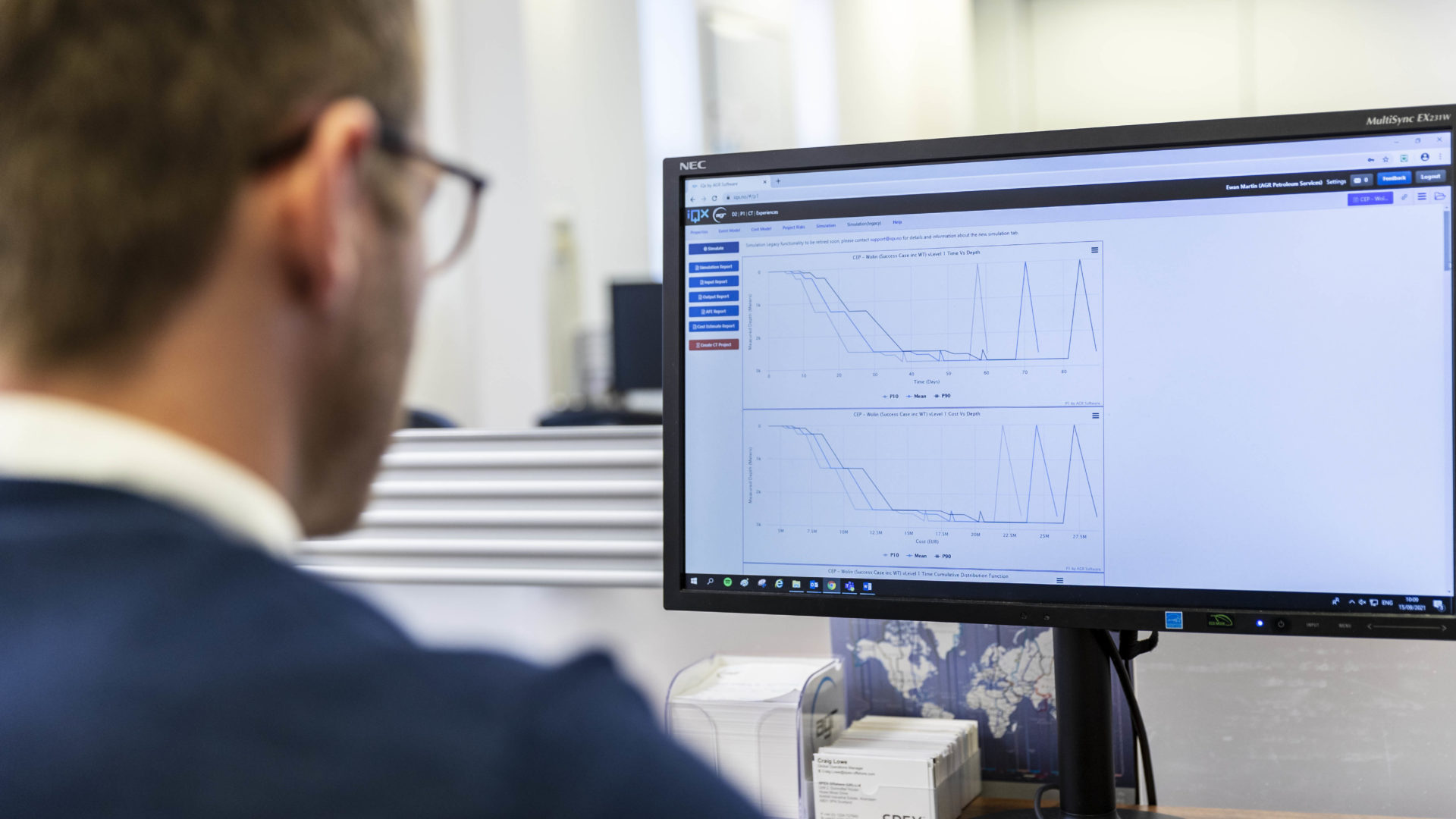Transparent
All available options are considered and peer reviewed in a wider forum to offer alignment on key risks and model factors. It’s a process that documents risk identification to support regulatory approvals.
Robust
This approach brings an all encompassing, pragmatic approach to model development. It’s a process that is documented and justified.
Scalable
It offers the flexibility to create simple and high level models or complex, multi-branched examples that need additional focus. Models are also scalable to well, phase, event or entire campaign.
Repeatable
Thousands of simulations are run, giving a repeatable distribution of all probable well outcomes. Models can be easily tweaked for similar wellbores, saving significant time and effort for field abandonments.
Unbiased
This method quantifies risks and compares outcomes from different methodologies on a like-for-like basis. It offers an unbiased approach, unaffected by individual bias or previous experiences.
Prompting
It prompts the engineer to always consider the next ‘what-if’, allowing them to visualise the effect on well outcomes.
Quantitative
Quantitative outputs show a range of possible timings based on probable well outcomes. Risk uplifts are quantitative and based on experience and offset data rather than an all prevailing NPT uplift.



